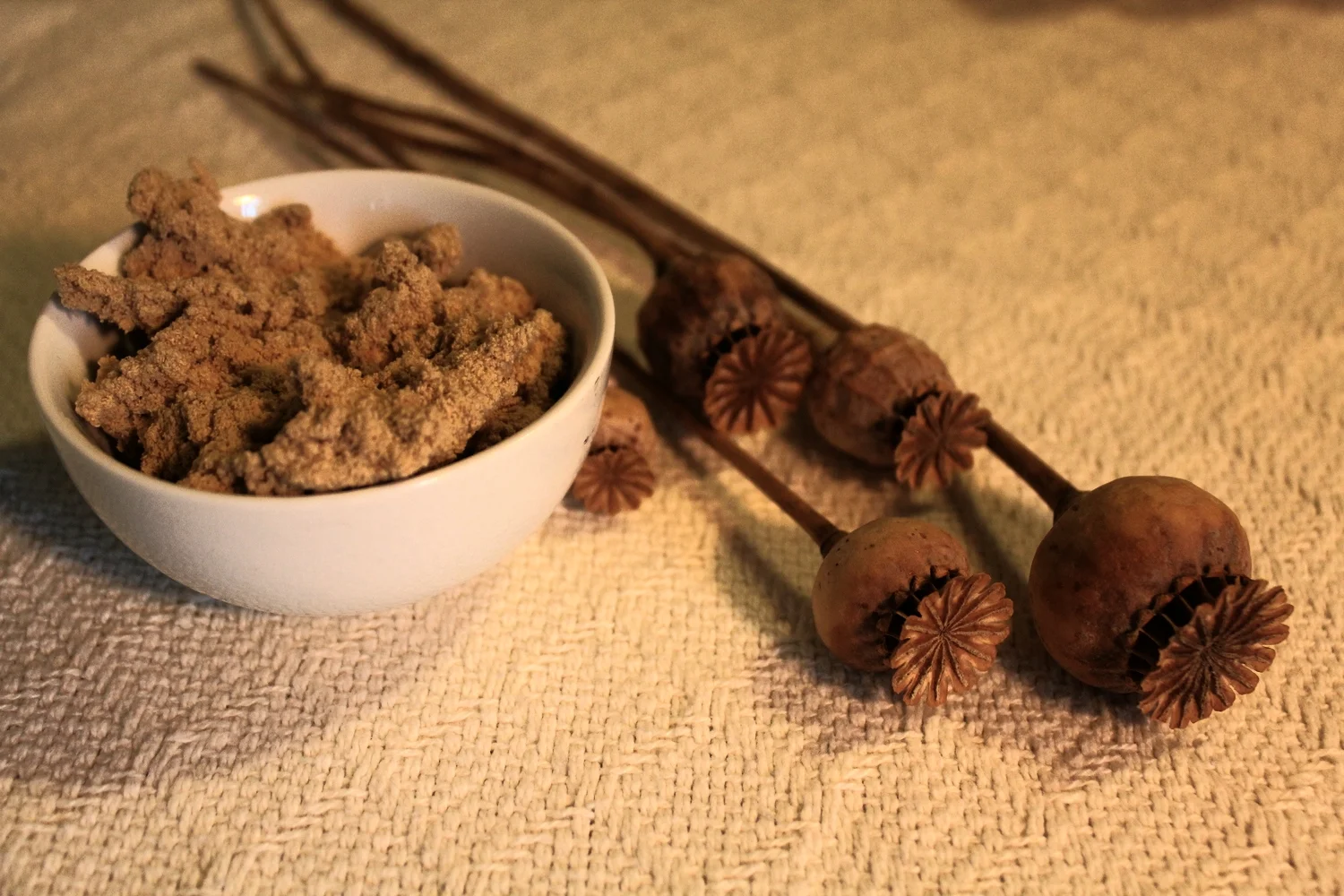Chinese medicine is a system of medicine that has been practiced for thousands of years. Similarly to naturopathic medicine, it works to support the body’s innate vital force to aid healing. In Chinese medicine, this vital force is known as Qi and is said to flow through meridians, organs, and acupuncture points in the body. When Qi flow is disrupted, illness can occur. Using a combination of symptoms, signs (including tongue and pulse diagnosis), and constitutional type, acupuncturists find a pattern of Qi disruption that correlates specifically with your symptoms. These disruptions may be treated with lifestyle changes, diet, acupuncture, and herbs.
I offer integrated Naturopathic and Chinese Medicine. Some people choose one or the other, but most patients choose to utilize tools from both. The combined effects of these systems are incredible and far-reaching in terms of their ability to treat a variety of health conditions. Additionally, I utilize Five-element acupuncture for many patients to help with imbalances at the level of body, mind, and/or spirit. Keep reading to learn more about acupuncture and other Chinese Medicine modalities.
What is acupuncture and how does it work?
Acupuncture is a healing art that involves the insertion of fine (stainless steel) needles to specific acupuncture points on the body. These points are chosen based on your symptoms and work to help activate and coordinate the Qi movement in the body. Additionally, acupuncture can help with joint and soft tissue pain.
From a Chinese medicine perspective, acupuncture works by reestablishing proper Qi flow in the body. Additionally, acupuncture points are said to have multiple connections in the body. For instance, many points have connections to specific organs and are said to have an effect on these organs.
From a biomedical perspective, acupuncture is thought to work by increasing blood flow to the areas that are needled. This in turn can increase the influx of anti-inflammatory components in the area. Additionally, acupuncture can release chemicals such as opioids that help with pain. There is still much that is not known scientifically about how acupuncture works, especially when it comes to chronic and systemic illness. Nonetheless, numerous clinicians find acupuncture to be helpful for almost any condition or symptom you may have.
What types of symptoms and diseases can be treated with acupuncture?
Acupuncture is effective at aiding with almost any disease or symptom. Most people associate acupuncture as a treatment for pain, however, this is just the tip of the iceberg. Acupuncture can treat acute (new) or chronic (old) disease, physical, mental and emotional complaints, and much more. Additionally, acupuncture has little to no side effects unlike most other conventional treatments. To see a list of conditions commonly treated by Dr. Yates, click here.
What is an acupuncture treatment like?
Like other medical visits, an acupuncture session begins with a discussion about your health concerns, signs, and symptoms. Next, I will perform pulse and tongue diagnosis to help determine a treatment plan. From here, I will pick points that are specific to you in order to treat your underlying pattern. I will use a combination of acupuncture, moxibustion, cupping, and massage as needed that is specific for your condition.
Needles make me uncomfortable. can I still get acupuncture?
Even if you don’t like needles, I utilize very, very thin needles for acupuncture, much thinner than needles used for shots or blood draws. Upon needle insertion, there may be some mild, local pain (or maybe no sensation at all). I am trained to help resolve any pain that occurs with needle insertion, however, if these methods do not resolve pain, the needle will be removed immediately. I can also use a number of non-insertive techniques to help with signs and symptoms of disease. These techniques include the use of tools to activate specific points and meridians in the body. Most people feel very relaxed during and after an acupuncture treatment and do not mind the sensations that they feel with insertion of acupuncture needles.
Is acupuncture safe or necessary for children?
Even children can have disruptions in the Qi flow within the body. However, acupuncture (needling) is usually not required to adjust the Qi in children, instead, non-insertive techniques can be used to help with symptoms of both acute and chronic disease. Non-insertive techniques include the utilization of non-invasive tools to access acupuncture points and meridians on the body in a gentle way to rebalance the Qi flow. Most children respond very well to these techniques.
What type of training do acupuncturists complete prior to practicing?
In Oregon and Washington, acupuncturists must either graduate from an accredited acupuncture program, or have at least 5 years of clinical acupuncture experience. After meeting this criteria, they are required to take exams to ensure their knowledge prior to getting licensed. The National College of Natural Medicine is a four year program that focuses on classical Chinese medicine, meaning we look to the roots of the medicine for a core understanding, but mix this with the best in evidence based modern treatments.
What is Five-Element Acupuncture?
The underlying theory in Five-Element acupuncture is that each individual is born with an innate imbalance in Qi flow through the meridians/organs. This imbalance can manifest in the body, mind, or the spirit and lead to a number of symptoms. As the imbalance progresses, symptoms may appear at all levels (body, mind, and spirit) and become more severe. To diagnose the imbalance, a Five-element practitioner will discern the root cause via constitutional characteristics that are present and unique to you.
Once the cause of the imbalance is deciphered, a unique treatment approach can be developed based on your individual needs to address any symptom you may be suffering from. Acupuncture points are selected based on an understanding of the historical uses of points, the topography of the body, and the classical names of the points. The great thing about this system of acupuncture is that it can address mental and emotional symptoms while helping to bring the body back into balance to reduce physical symptoms. Often, physical symptoms are a manifestation of mental and emotional problems, and this approach addresses those issues.
Because the focus of treatment is constitutional, many symptoms and diseases can be treated with this system of acupuncture, even if you haven’t had luck with other treatment approaches. I was lucky to study Five-element acupuncture for two years during my Chinese medicine training and have seen the results it offers on a variety of levels. The other thing that makes this system unique is that fewer needles are used and moxa or mugwort (read below to learn more) is used in almost every treatment.
What other types of treatments might be utilized at my visit?
Moxibustion: Moxibustion is a Chinese medicine technique utilized for centuries that involves the burning of mugwort on the skin to facilitate healing. Like acupuncture, moxibustion increases local blood flow, helps with balancing Qi in the body, and warms the tissues. There are two types of moxibustion: direct and indirect. In direct moxibustion, a small, cone-shaped amount of mugwort is placed on top of an acupuncture point and burned, but removed before it burns the skin. You will likely experience a pleasant warming sensation that penetrates into the skin. Indirect moxibustion is applied by lighting one end of a stick of mugwort, roughly the shape and size of a cigar, that is held close to the area being treated for several minutes until the area turns red. Another form of indirect moxibustion uses acupuncture needles with mugwort placed on the top of the needle.
Cupping: Cupping is a modality that has been around for thousands of years. Most acupuncturists use cups made of thick glass placed on specific points or meridians. When cupping is needed, a cotton swab is soaked in alcohol, held with forceps, and lit; then it is placed inside the glass cup for a short period of time and then the cup is quickly placed on the skin, creating a vacuum. The cup suctions to the skin and is either left in place or moved over the tissues. Cups are usually left on for 5 to 10 minutes. Cupping is often used for respiratory conditions, to facilitate Qi flow in the body, and to help with pain.
Herbal Formulas: Chinese herbal medicine is one of the oldest and best documented forms of herbalism in the world. In China, herbs were not used alone, but in combination, working together to create specific changes in the body. The use of formulas can be found in written texts from thousands of years ago, and many of those formulas are still being utilized today. Modern research is beginning to catch up to traditional uses of formulas and many formulas have proven to work for a variety of health conditions.
There is sometimes concern about contamination or purity of Chinese herbs due to past episodes of impurities found in specific Chinese formulations. But there are still a number of very pure, clean, and sometimes even organic sources of Chinese herbs available. I only utilize herbs from companies that are known for their purity and have been third-party tested when available. I have trained extensively in both Chinese and Western herbalism. Though I tend to rely on Western herbs more frequently, Chinese herbs are sometimes the best solution for specific health concerns or symptoms.

